Blackmagic has announced a number of new products and updates at IBC 2019, but two particular announcements stand out: the introduction of Blackmagic RAW 1.5 and the Blackmagic Video Assist 12G.
Blackmagic RAW 1.5 is a new software update that adds support, via plug-ins, for working with Blackmagic RAW video files directly inside Adobe Premiere Pro and Avid Media Composer, negating the need to transcode files and rely on proxies to edit footage. The update also includes a new version of Blackmagic RAW Speed test that’s compatible with Linux and Windows computer; until now, it was only available for macOS.
The Blackmagic RAW 1.5 update is currently available to download from Blackmagic’s website (under the ‘Latest Downloads’ section halfway down on the page)
Blackmagic also announced the Blackmagic Video Assist 12G, an update to its Video Assist 4K monitor-recorder that includes a brighter HDR screen, built-in scopes, 12G-SDI connectivity and support for recording to external disks over USB-C.
The Blackmagic Video Assist 12G is offered in 5in and 7in models, both of which feature 2500 nit touchscreen LCD displays with wide color gamuts to show Rec. 2020 and Rec 709 colorspaces. Both models include 12G-SDI connections, analog inputs for audio, USB-C external disk recording, dual battery slots for Sony L-Series batteries and headphone output for monitoring audio. Other features include four built-in scopes, tally indicators, enhanced focus assist features and 3D LUTS.
The only difference between the units, aside from size, is the 7in model features dual UHS-II SD card slots, compared to the single SD card slot on the 5in model. These SD card slots are hot-swappable, meaning you can remove and add storage even while recording, making it possible to shoot longer videos without the need to stop and start.
 |
| Connections on the device include two S12G-SDI ports, two HDMI ports, two Mini XLR inputs, a USB-C port on the base and a locking 12V DC power connection. |
The 5in and 7in Blackmagic Video Assist 12G units will be available in September 2019 for $ 495 and $ 795, respectively, from authorized resellers.
Press releases:
Blackmagic Design Announces Blackmagic RAW 1.5
IBC 2019, Amsterdam, Netherlands – September 13, 2019 – Blackmagic Design today announced Blackmagic RAW 1.5 a new software update with support for Adobe Premiere Pro and Avid Media Composer, plus Blackmagic RAW Speed test for Mac, PC and Linux, so customers can work on a wider range of platforms and editing software with their Blackmagic RAW files. Blackmagic RAW 1.5 is available for download now from the Blackmagic Design web site.
Blackmagic RAW 1.5 will be demonstrated on the Blackmagic Design IBC 2019 booth #7.B45.
The new Blackmagic RAW 1.5 update includes Blackmagic RAW Speed Test which is now available on Windows and Linux for the first time. Blackmagic RAW Speed Test is a CPU and GPU benchmarking tool for testing the speed of decoding full resolution Blackmagic RAW frames on their system. Multiple CPU cores and GPUs are automatically detected and used during the test so that customers get accurate and realistic results. Simply select Blackmagic RAW constant bitrate 3:1, 5:1, 8:1 or 12:1 and the desired resolution to perform the test. Results are displayed in an easy to read table that shows how many frames per second the computer can decode for all supported resolutions.
Editors working in Adobe Premiere Pro and Avid Media Composer can now work with Blackmagic RAW files using the free plug-ins found in Blackmagic RAW 1.5. These new plug-ins enable editors to work with Blackmagic RAW directly, so they no longer have to transcode files. That means camera original Blackmagic RAW files can be used throughout the entire workflow. There is no longer a need to create proxy files and conform edits for finishing. These plug-ins bring the quality of RAW in small, modern, GPU and CPU accelerated files that are faster and easier to work with than any other video format.
Best of all, when projects are moved from Premiere Pro or Media Composer into DaVinci Resolve for color correction and finishing, all of the camera RAW metadata and image quality is still there.
“Blackmagic RAW is now available for editors working on all major professional NLEs,” said Grant Petty, Blackmagic Design CEO. “It’s exciting because you can now edit native Blackmagic RAW files in Premiere Pro and Media Composer and then finish them in DaVinci Resolve without needing to create proxy files, all without ever losing quality!”
Blackmagic RAW 1.5 Features
- Includes Blackmagic RAW Speed Test for Mac, Windows and Linux.
- Adds support for Adobe Premiere Pro and Avid Media Composer.
- Performance improvements and minor bug fixes.
Availability and Price
Blackmagic RAW 1.5 is available now for download from the Blackmagic Design web site.
Blackmagic Design Announces New Blackmagic Video Assist 12G
IBC 2019, Amsterdam, Netherlands – Friday, 13 September 2019 – Blackmagic Design today announced Blackmagic Video Assist 12G which are new models of the company’s popular combined monitoring and recording solutions. These new models feature brighter HDR screens, built-in scopes, upgraded batteries, 12G-SDI and much more. Blackmagic Video Assist 12G will be available in September 2019 from Blackmagic Design resellers worldwide from US$ 795.
The new Blackmagic Video Assist 12G HDR adds professional monitoring and recording to any SDI or HDMI camera in all HD, Ultra HD, 2K and 4K DCI formats. The new improved design includes innovations such as brighter screens for HDR work, tally indicator, 4 built-in scopes, enhanced focus assist features, 3D LUTs and native Blackmagic RAW recording from supported cameras. With 12G-SDI and HDMI 2.0 on both 5″ and 7″ models, customers get support for recording from virtually any device in all formats up to 2160p60. A brighter touch screen ensures a better view of their recording when shooting HDR digital film, or when shooting outdoors in sunlight. The new design also features upgraded batteries and supports two standard Sony L-Series batteries. This means Blackmagic Video Assist 12G is incredibly versatile and is the perfect solution for the next generation of digital cinema shoots, live production mastering, broadcast testing and measurement.
There are two models of Blackmagic Video Assist 12G, with each model including an innovative touch screen user interface with deck controls, as well as a large screen to view recordings. The Blackmagic Video Assist 7″ 12G model also includes 2 media slots, while both the 5″ and 7″ models include 12G-SDI for high frame rate Ultra HD, analog inputs for audio, USB-C external disk recording, plus a front panel speaker and side-mounted headphone jack. Customers also get 2 rear battery slots for mounting Sony L-Series batteries, so customers have enough power for the brighter HDR screens and higher speed Ultra HD electronics. A 12v universal power supply is included for studio or on-location use.
Blackmagic Video Assist 12G HDR is an ideal upgrade for cameras, as it’s super bright 2500nit display is bigger than the tiny displays found on consumer cameras, plus users are also adding professional focus assist features and better quality file formats. Video Assist is also a great solution for professional cameras because customers can use it to upgrade older broadcast cameras to modern file formats used on the latest editing software. No matter what editing software customers use, Video Assist lets customers support them all, as customers can record in Apple ProRes, Avid DNx and Blackmagic RAW. With both HDMI and 12G-SDI inputs customers can connect it to any consumer camera, broadcast camera or even DSLR cameras. Then, on supported cameras, customers can even upgrade to RAW style workflows with Blackmagic RAW.
The innovative touchscreen LCD user interface provides incredible control. On-screen, there are dedicated buttons for play, stop and record, plus a mini timeline for scrolling through their recordings. Customers can even image swipe to jog. The LCD includes a heads up display of timecode, video standard, media status as well as audio meters. Scopes can be enabled via the touch screen as well as focus and exposure assist. Plus customers can load and save 3D LUTs.
Video Assist uses commonly available SD card media, so customers can record to flash memory cards that are easy to obtain. The files are small enough to allow long recordings on standard SD cards or the faster UHS-II cards. The larger Video Assist 12G 7″ model even includes 2 SD card slots so customers can swap out any full cards even during recording, allowing infinite length recording. Standard SD cards or the faster UHS-II cards are perfect for broadcast because they are small, high speed and affordable.
If recording to other media types is required, then the USB-C Expansion port lets customers plug in an external flash disk for recording. Imagine adding a Blackmagic MultiDock 10G for easy SSD compatibility with other recorders such as Blackmagic HyperDeck models. Customers even get on-screen menus for managing external disks using the touch screen.
Video Assist features a wide range of video and audio connections such as multi-rate 12G-SDI for SD, HD, and Ultra HD SDI devices. HDMI is included for HDMI cameras and monitoring to consumer televisions and video projectors. The 7-inch model features Mini XLR inputs which are provided for audio input from microphones and external audio mixers. Video Assist even includes a 12V DC power connection with locking power connector.
Customers will be ready for the latest HDR workflows with support for the latest HDR standards and an extremely bright screen with a wide color gamut. Plus the high brightness screen makes outdoor shooting in bright sunlight possible. The built-in scopes even change to HDR scopes when working in HDR formats. Files are tagged with the correct HDR information then SDI and HDMI inputs will also automatically detect HDR video standards. Static metadata PQ and HLG formats are handled according to the ST2084 standard. The bright LCD has a wider color gamut so it can handle both Rec. 2020 and Rec. 709 colorspaces. The built-in Video Assist LCD color gamut can even handle 100% of the DCI-P3 format.
Video Assist features full internal waveform monitoring so customers can ensure compliance to broadcast standards and it also works great as a portable waveform monitoring solution. The waveform display provides a traditional luminance (brightness) levels view of the video inputs or the playback signal. The vectorscope display allows customers to see the intensity of color at 100% SDI reference levels. Customers also get an RGB parade display which is ideal for color correction and checking for illegal levels. Histogram shows the distribution of white to black detail in their images and highlights or shadows clipping. The built in scopes can even be overlaid on live video, or as a small picture in picture view at the top right of the scope.
The SDI and HDMI connections are multi-rate, so handle SD, HD, and Ultra HD. SD formats include NTSC and PAL. 720p HD standards include 720p50 and 59.94p. 1080i HD interlaced formats include 1080i50 and 59.94. 1080p HD formats include 1080p23.98, 24, 25, 29.97, 30, 50, 59.94 and 60p. Customers can even do 1080 PsF formats. Ultra HD is supported up to 2160p59.94. Customers can even record 2K and 4K DCI rates up to 25p for digital film work.
Video Assist works with industry-standard 17 and 33 point 3D LUT files, or customers can work with the built-in LUTs such as Extended Video, Film to Video, Film to Rec.2020 and more.
Video Assist records using standard open file formats so customers don’t have to waste time transcoding media. Recording works in industry-standard 10-bit ProRes or DNx files in all formats and from all HDMI or SDI cameras, as well as 12-bit Blackmagic RAW when connected to supported cameras. Best of all media files work on all operating systems.
Blackmagic RAW is a revolutionary new format designed to capture and preserve the quality of the sensor data from cameras. Video Assist supports Blackmagic RAW recording from popular cameras such as Panasonic EVA1 and Canon C300 MK II. This eliminates the problems with popular camera formats such as H.264, which are highly compressed resulting in noise and processing artifacts. It also saves camera settings as metadata so customers can set ISO, white balance and exposure, then override them later while editing, all without any loss of quality. Blackmagic RAW files are also small and fast to use making them easy to work with.
Blackmagic Video Assist 12G includes a built-in professional audio recorder that’s much better quality than the audio quality found in most cameras, eliminating the need to carry around extra audio equipment. When working in SDI formats, customers can record 2, 4, 8 or 16 channels of audio in real-time. For connecting microphones the Video Assist 7″ model has two XLR analog audio inputs with phantom power that support the high definition audio sample rate of 192 kHz at uncompressed 16 and 24 bit per sample. Customers can monitor using on-screen audio meters with user-selectable VU or PPM ballistics.
Multiple languages are fully supported so customers don’t need to learn another language to use it. Support is included for English, Chinese, Japanese, Korean, Spanish, German, French, Russian, Italian, Portuguese and Turkish.
The files from Blackmagic Video Assist 12G are common and are compatible with all operating systems or in most video software. Media can be formatted using ExFAT or HFS+ so customers can easily access the media on computers and access the files like regular disks. DaVinci Resolve is perfect for use with Video Assist because it features editing, color correction, audio post-production and visual effects all in one software application.
“The original Blackmagic Video Assist monitors and recorders were very popular and a fantastic way to upgrade older cameras, as well as for use in general broadcast areas of the television industry,” said Grant Petty, Blackmagic Design CEO. “These new models are an incredible improvement and incorporate all the lessons we have learnt from our customers in Hollywood. They have brighter LCD screens, 12G-SDI, Blackmagic RAW, better focus assist tools, presets, 3D LUTS and much more! They are so nice and it’s very exciting!”
Blackmagic Video Assist 12G Features
- Supports live production, digital signage and archive use.
- Modern design with fast to use touch screen controls.
- Upgrades cameras to better monitoring and better record codecs.
- Large LCD screen for digital film style focus assist tools.
- SD/USH-II card support for commonly available media.
- Records direct to external USB-C media disks.
- 12G-SDI and HDMI for recording in SD, HD and Ultra HD.
- Advanced HDR support with bright 2500nits wide gamut LCD.
- Built in scopes include waveform, vector, parade and histogram.
- Latest Multi Rate 12G-SDI technology for SD, HD and Ultra HD.
- 3D LUTs can be applied for both monitoring and recording.
- Standard open file formats compatible with popular software.
- Records Blackmagic RAW from supported third party cameras.
- Professional multi channel digital and analog audio.
- Localized for 11 popular international languages.
- Works with popular NLE software such as DaVinci Resolve.
Availability and Price
Blackmagic Video Assist 12G will be available in September 2019 from US$ 795, excluding duties, from Blackmagic Design resellers worldwide.
Articles: Digital Photography Review (dpreview.com)


















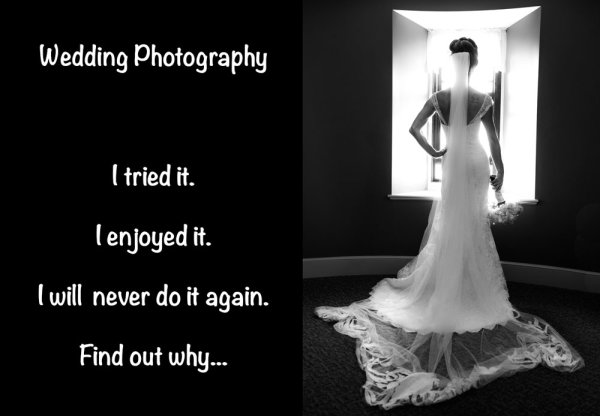
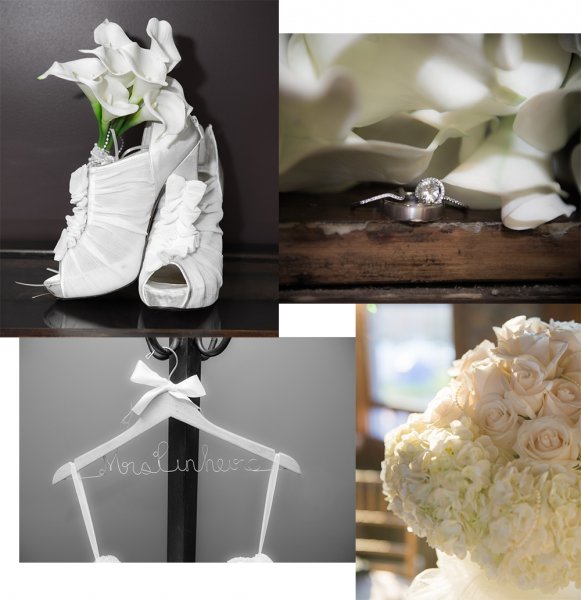
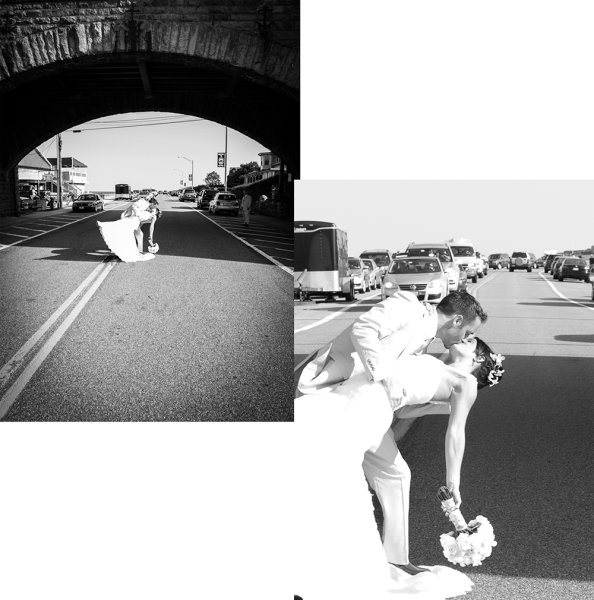
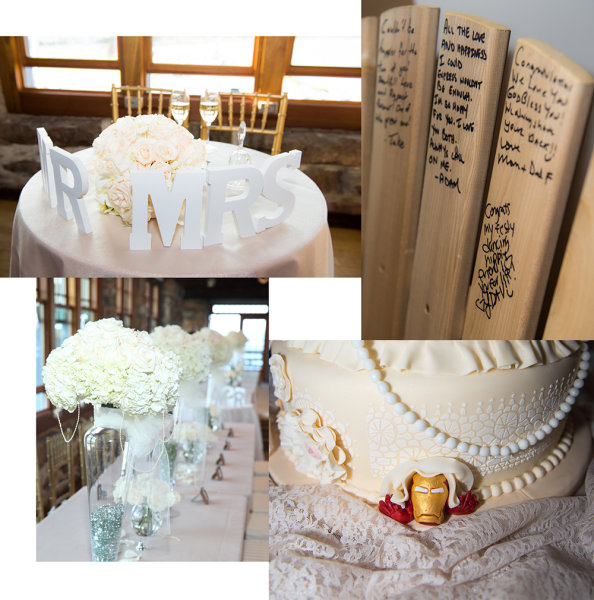
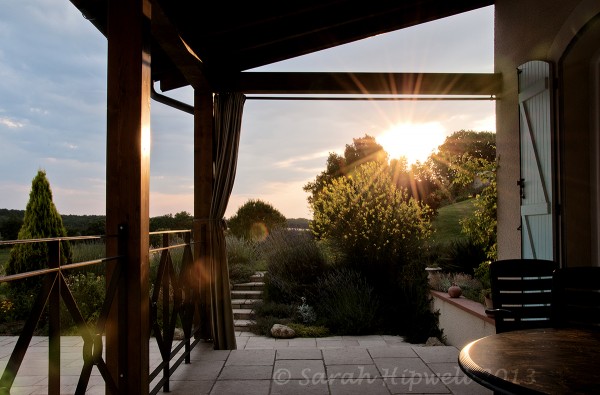
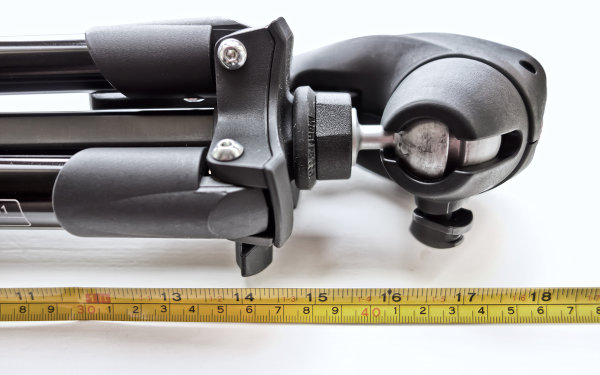
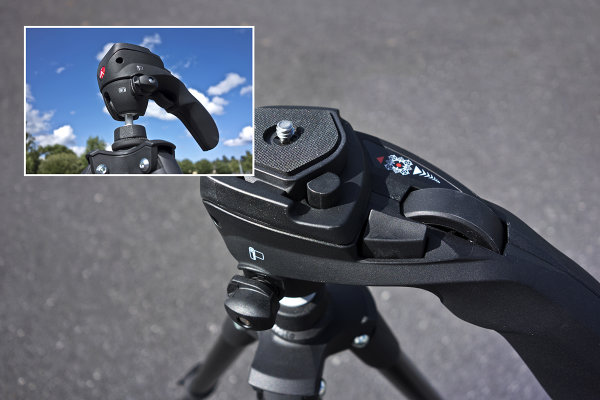
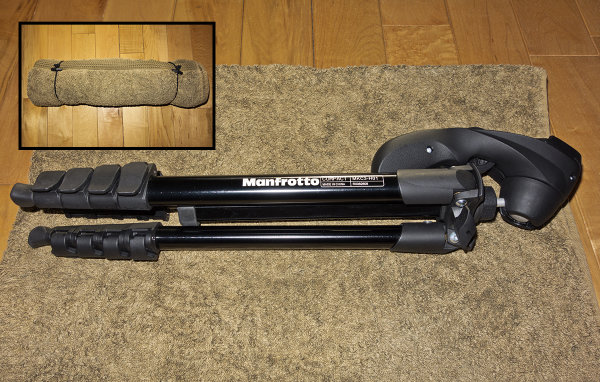
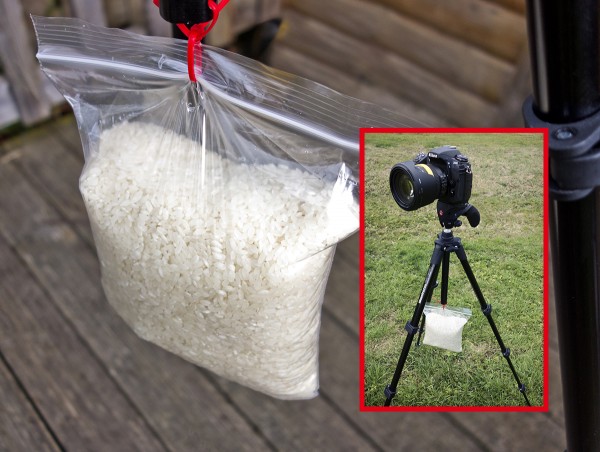
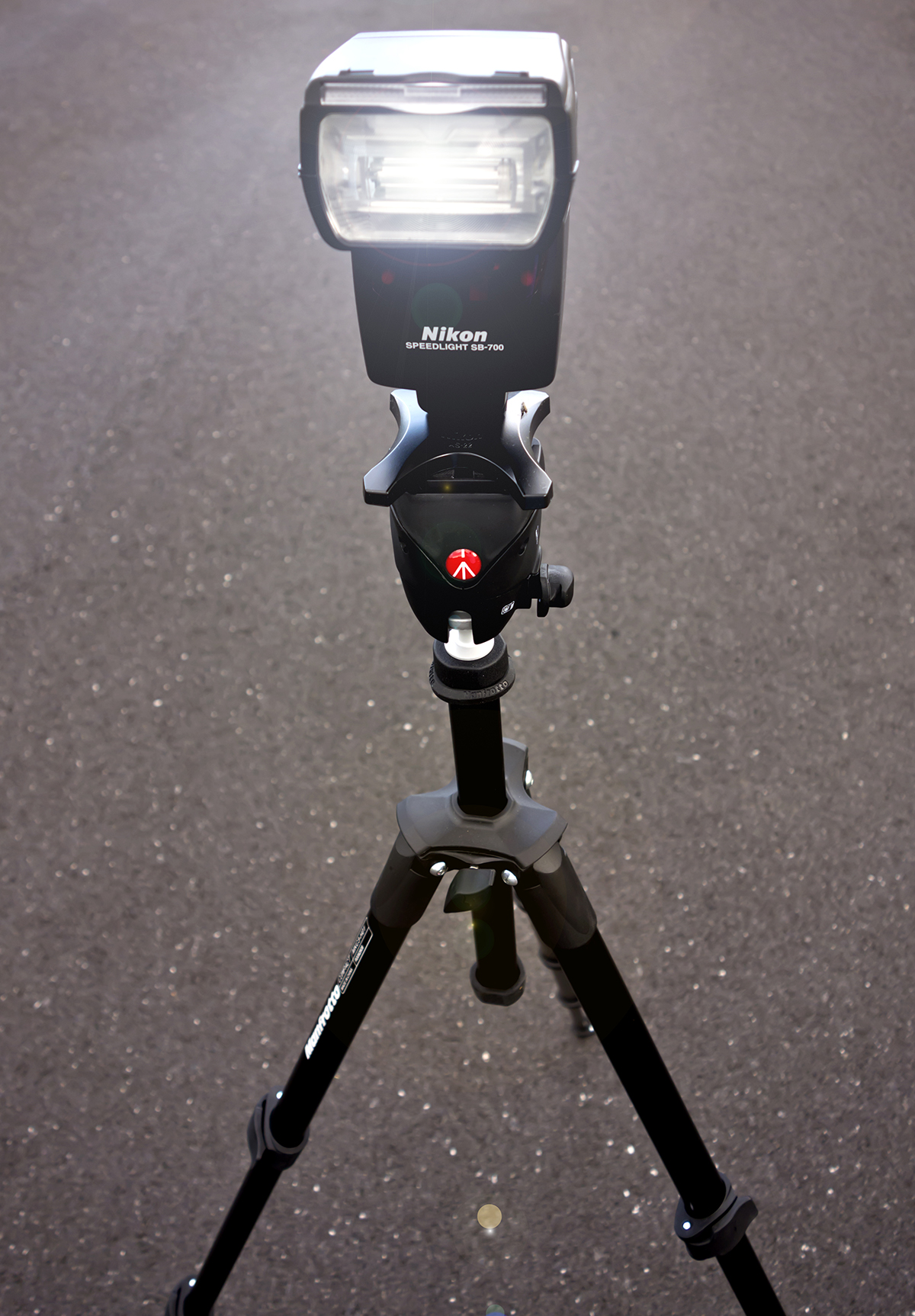
You must be logged in to post a comment.